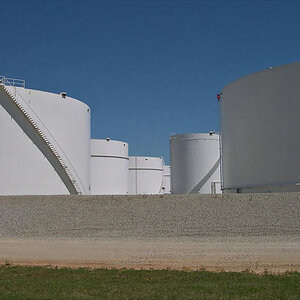Moglex
TPF Noob!
- Joined
- Jun 13, 2008
- Messages
- 581
- Reaction score
- 0
- Location
- Whitstable
- Can others edit my Photos
- Photos OK to edit
You do seem to be intentionally argumentative.
I do believe that that accusation could fit yourself as well as anyone.
Instead of simply saying that you believe that one definition is more appropriate in photographic terms you decided to be deliberately antagonistic by stating that my definition was wrong. And that without knowing the context in which the OP had seen the term.
There are at least three possible definitions (given that people are not always absolutely precise about the way the phrase things). The OP now knows them all.
Last edited:






![[No title]](/data/xfmg/thumbnail/36/36394-700ff78d7b45c663863e641a9bcf1fe1.jpg?1619737548)







![[No title]](/data/xfmg/thumbnail/36/36393-86ce601930c671b92b6df002b7fcbd0b.jpg?1619737548)